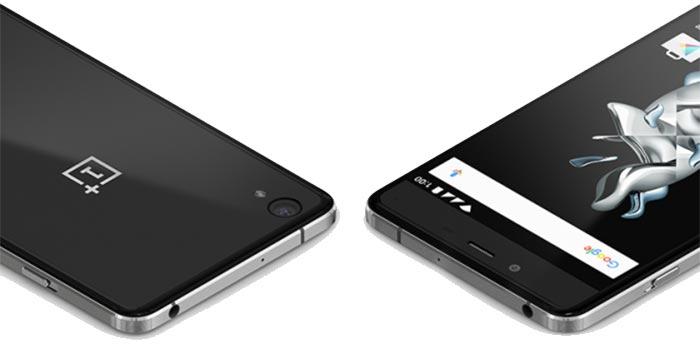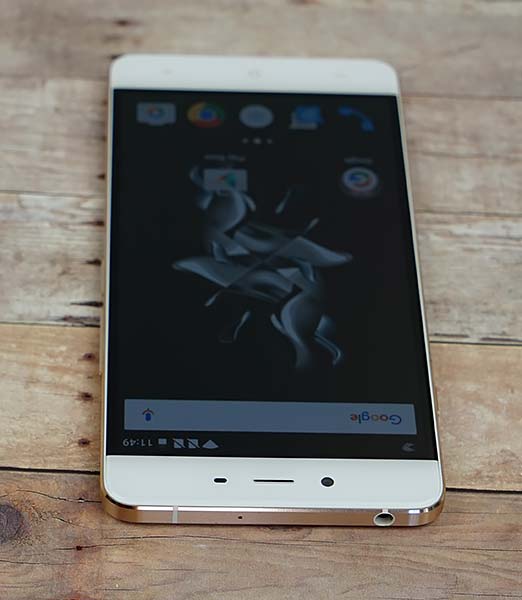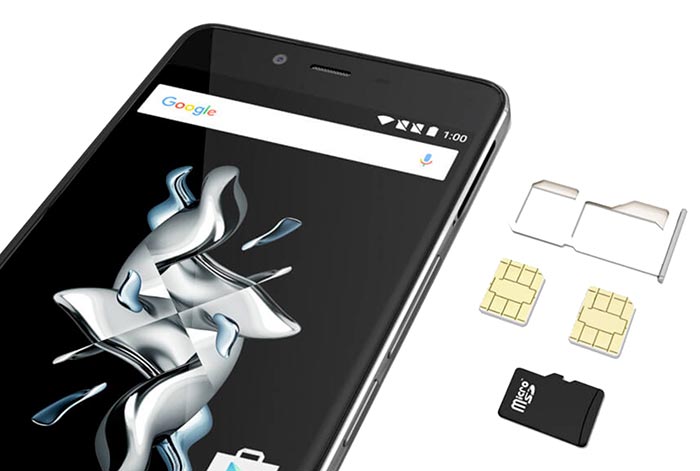|
OnePlus disrupted the market with their first Android smartphone, the OnePlus One. It was a big phone with very good specs for a few hundred dollars less than the big name competition at release in April 2014. If that sounds too good to be true, it was. It was insanely difficult to buy the OnePlus One if you lived in the US, Canada or the EU thanks to the company's irritating invite system. We assumed the invite system would go away after a month or two when the company got a handle on production, but it persisted and seems more like a marketing tool for OnePlus to make the phones seem difficult to obtain and thus desirable. The illusive invite, along with some dubious competitions requiring participants to destroy perfectly good smartphones on film (among others), stood in the way of both goodwill with customers and getting the phone out in volume.
Fast forward 1.5 years later and OnePlus now has the OnePlus 2 and the One Plus X, both of which launched under the same invite system (argh!). These are the current models with the 2 being the higher end model and the X being the new really affordable model. Happily, in early December, OnePlus made the OnePlus 2 available without an invite, but unfortunately the X still requires one.

Now that we've gotten the invite system out of the way, let's look at the phone itself. The OnePlus X faces great challenges. When the One came out in early 2014, you either bought a low end phone with mediocre looks and low end specs or you bought a $600+ flagship. Thus the OnePlus One was an exciting phone since it brought flagship specs under $400. 2015 was the year of the affordable near-flagship, with more phones of note coming out in the $225-$450 range than hot new expensive flagships. OnePlus' territory was overrun, and the X is their attempt to attack the even lower price market. It's hard to make a $250 full retail unlocked phone that doesn't look and act like a bundle of compromises. OnePlus managed to make a phone that looks and feels expensive though, and performance is pretty good too.

The OnePlus X is basically the 2014 OnePlus One in a new casing with a smaller 5" screen. It has the quad core 2.3 GHz Snapdragon 801 CPU with Adreno 330 graphics of the One, which was top dog in early to mid-2014. It has 3 gigs of RAM and 16 gigs of storage. For $250, we're pleased with the 3 gigs of RAM and 8 or 16 gigs of storage is standard in lower priced phones. The CPU is old, but it's still a solid performer that's adequate to meet many users' demands. The phone runs OxygenOS built on Android 5.1.1 Lollipop. Android 6.0 Marshmallow is out, and we wish that OnePlus would give up on their custom Android builds (they used CyanogenMod on the OnePlus One, but the companies parted ways abruptly). It's not that we don't like OxygenOS- on the contrary, it's tasteful, offers a few nice customizations and has a somewhat stock Android feel. Rather the problem is that their in-house engineers are slow with OS releases and it's a shame that the phone was released with Lollipop with no quick update in sight.
The mainland China model ships with HydrogenOS (also based on Android 5.1.1), which looks and feels a little odd if you're accustomed to US Android builds. That said, the China model is readily available from exporters like GearBest.com who supplied our review unit, since there's no invite system involved. If you're kinda geeky (the core market for OnePlus phones is enthusiasts), then it's not hard to flash it with OxygenOS. Download the ROM image, put it in internal storage and boot up the phone into recovery to flash it. The US OnePlus X sold on OnePlus' website has a surprisingly limited collection of US 4G LTE bands, and the Chinese model includes pretty much none that are useful for the US, so you'll be stuck with HSPA+ 3G if you do buy the Chinese model. The US version covers the basic 4G LTE bands used by T-Mobile and AT&T, but leaves out some newer bands that those carriers have rolled out for better coverage (band 12 on T-Mobile and band 17 on AT&T, for example). That sets the OnePlus X behind the also affordable but not as pretty 3rd gen Moto G. Is it possible to flash the cell radio too and switch to US bands as it was with the import OnePlus One? Maybe, we don't have any radio ROMs to experiment with for the X. Call quality is quite good, even with the Chinese model on US carriers. The phone uses a single carrier to hold your choice of 2 nano SIM cards or 1 SIM card and a microSD card.

In terms of looks, the OnePlus X is unparalleled in this price range. It's clad in glass front and back (Gorilla Glass 3 on the front) and it has metal sides. The US version is available in black with silver sides (called Onyx) and there's a more expensive limited edition with a ceramic back. In China it's available with white glass and gold sides (called Champagne). The phone is an unabashed iPhone 5 clone, right down to the silence slider on the left side that's standard for iPhones but never on Android phones. Copy or no, it's great looking, and casing build quality is excellent with no gaps, creaks or squeaks. The bad news is that it's very slippery, but a silicone case is included that improves grip without making the phone bulky or ugly.
|
Deals and Shopping:
Advertisement
|

